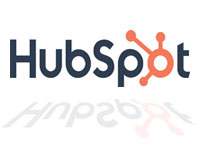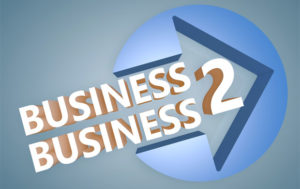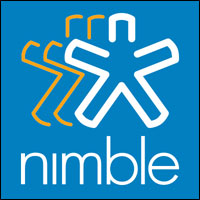
HubSpot this week rolled out platform integrations with Shopify and Workplace by Facebook, which are designed to support the marketing and sales efforts of small and mid-sized businesses.
The Shopify integration, which is now live and available free of charge to shared customers in all versions of HubSpot, lets e-commerce marketers take the following actions:
- Sync specific merchant sales data from Shopify into HubSpot for use as a marketing signal, showing a new orders pipeline in the CRM and importing online store customers as new contacts, complete with a shopping and marketing timeline;
- Segment users based on products, deals and order history; then use those lists to inform emails, ads and workflows;
- Automate campaigns with an email workflow to welcome and onboard new customers, an abandoned cart email followup, and re-engagement email that sends special offers to customers who have been inactive.
The Shopify integration also features a new e-commerce reporting dashboard that shares data on orders, new sales, lifetime value and abandoned cart recovery, and indicates the correlation between marketing efforts and revenue. Further, it has advanced marketing functionality for HubSpot Marketing Hub users.
The HubSpot integration with Workplace by Facebook delivers notifications from HubSpot right into Workplace, so sales reps don’t have to switch between channels.
These notifications are triggered by team member or lead activities within HubSpot and come with a link that brings sales reps directly into the application.
Quick and Customizable
The Shopify integration helps turn sales data into a signal for sales and marketing, said Marcus Andrews, HubSpot’s principal product marketing manager.
“The addition of this data reveals a new version of HubSpot — one focused on the e-commerce use case,” he told CRM Buyer.
Marketers can use this data to build lists personalized by product and order data, and use that data in customized or pre-built workflows, Andrews said, and salespeople “can easily sort contacts based on Shopify store deals, and get a real-time dashboard of orders as they develop.”
All pre-built workflows can be implemented “in a matter of minutes, but are uniquely customizable,” he noted.
The integration with Workplace by Facebook “helps teams get more done without having to log in and out of multiple tools,” Andrews said.
CRM Boost
“Both these interactions bring more data to the CRM, eliminate the number of tools people need to use, and increase sales and marketing effectiveness,” Andrews said. “Whenever you have different systems sharing and [communicating], it will increase productivity and decrease complexity.”
HubSpot has jumped onto a crowded CRM integration bandwagon.
“The usual suspects — Salesforce, Saleslogic and others — are all attempting to co-opt the sales channel,” said Michael Jude, research manager at Stratecast/Frost & Sullivan.
That’s important, given the low and inconsistent sales rep adoption of CRM systems, according to Sales Enablement: A Master Framework to Engage, Equip and Empower a World-Class Sales Force, coauthored by Miller Heiman Group CEO Byron Matthews and CSO Insights Research Director Tamara Schenk.
To have real business impact, CRM systems must be coupled with sales processes that can be driven by sales enablement, the authors maintain, noting that only 25 percent of sales organizations are confident in their CRM data, and only 25 percent agree it improves their sales productivity.
“CRM applications do not work very well,”Frost’s Jude told CRM Buyer. “I’ve used many CRM and sales support apps and am not impressed with many of them.”
Most CRM applications depend on a centralized data store that’s accessed online, and “this introduces latency into the interaction,” he pointed out.
Further, the user interfaces for most CRM systems are not intuitive and are hard to master, Jude said, which “provides a significant disincentive to using them.”
The HubSpot integrations make it possible to manage a sales event from capture to completion, Jude noted. “If the UI is intuitive and the applications are quick, they could have a profound impact on adoption.”
























































